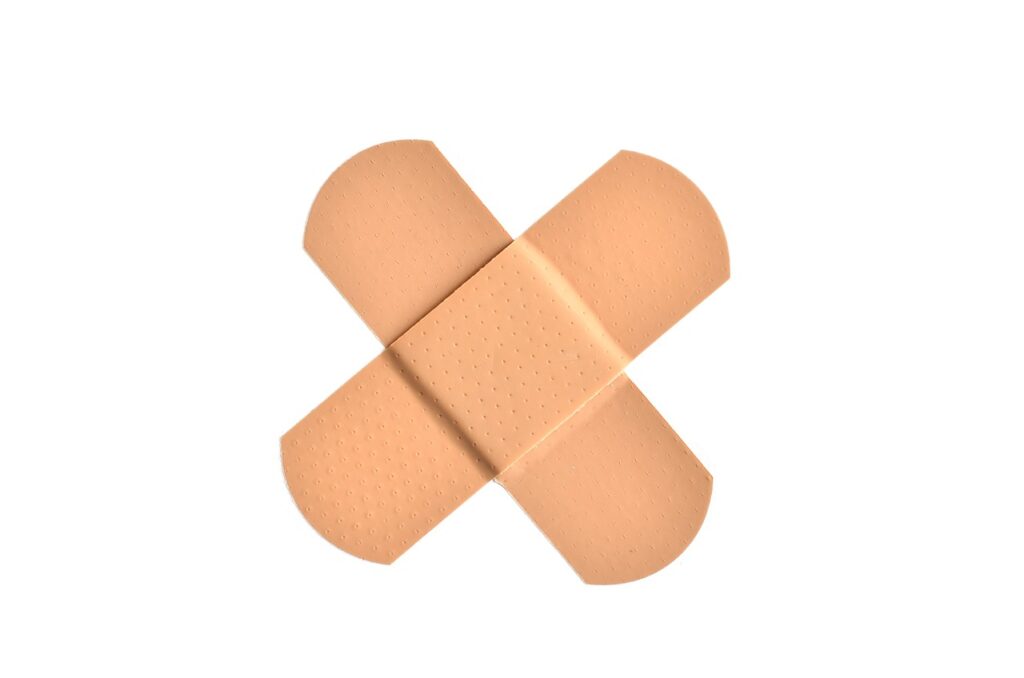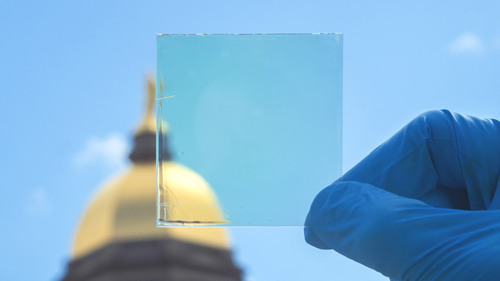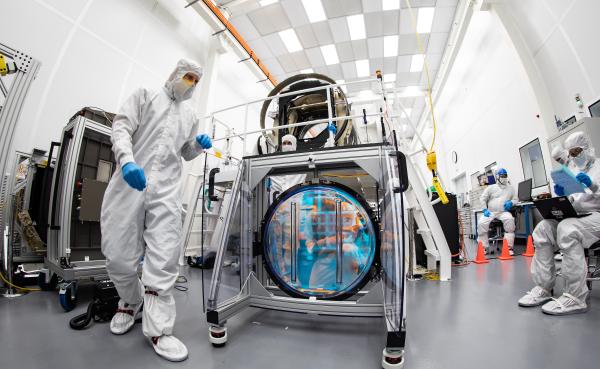In a groundbreaking development, researchers at the Korea Advanced Institute of Science and Technology (KAIST) have unveiled a revolutionary approach to bone regeneration using a piezoelectric “bone bandage” scaffold. This innovative technique combines the regenerative properties of a naturally occurring mineral, hydroxyapatite (HAp), with the piezoelectric framework of polyvinylidene fluoride-co-trifluoro ethylene (P(VDF-TrFE)) to accelerate the healing of cracked bones.
Exploring Piezoelectricity and Hydroxyapatite Integration
The study, led by Seungbum Hong and published in the journal ACS Applied Materials & Interfaces, demonstrates how this novel scaffold can effectively regenerate damaged skull bones in mice. By harnessing the piezoelectric properties of bone and the regenerative potential of HAp, the researchers have opened up new possibilities in bone repair and regenerative medicine.
Advantages of the “Bone Bandage” Scaffold
Piezoelectric materials, which generate electric charge in response to mechanical stress, have long been recognized for their role in bone repair. However, previous approaches to bone regeneration have faced limitations, including complications at donor sites, limited availability, and high costs. The new “bone bandage” overcomes these challenges by providing a versatile platform for bone regeneration without the need for invasive procedures or costly materials.
The key to the success of this approach lies in the integration of HAp within the piezoelectric framework of P(VDF-TrFE). This unique combination not only enhances the scaffold’s piezoelectric properties but also creates an environment conducive to cell attachment, proliferation, and osteogenesis (bone formation). In vitro studies have shown that scaffolds incorporating HAp exhibit significantly higher levels of cell attachment, proliferation, and osteogenesis compared to conventional scaffolds.
Moreover, in vivo experiments on mice with skull bone defects have yielded promising results. Mice fitted with HAp/P(VDF-TrFE) scaffolds showed accelerated bone regeneration without any adverse effects such as infection or inflammation. The scaffolds, which remained intact for six weeks, effectively promoted bone formation, highlighting their potential for clinical applications in bone repair and reconstruction.
Commenting on the significance of the study, Seungbum Hong emphasized the importance of exploring the effects of piezoelectricity and surface properties on bone regeneration. The development of a HAp-based piezoelectric composite material represents a significant milestone in biomaterial design, paving the way for future advancements in regenerative medicine.
The implications of this research extend far beyond bone regeneration, offering new insights into the role of piezoelectricity in tissue engineering and regenerative medicine. With further refinement and validation, the “bone bandage” scaffold holds promise for addressing a wide range of skeletal injuries and degenerative conditions, ultimately improving the quality of life for millions of patients worldwide.
As the field of regenerative medicine continues to evolve, innovations like the piezoelectric “bone bandage” represent a paradigm shift in the treatment of musculoskeletal disorders, heralding a new era of personalized and effective therapies.
Article Source: KAIST
Image by ElasticComputeFarm from Pixabay











